 Chapter I: Parents of the Picture Strip:
Chapter I: Parents of the Picture Strip:
The Original Comics Creators
Before we begin, I'd like to give my thanks to and acknowledge the immensely helpful archive of historical and political cartoons at www.lambiek.net; basically almost all of the early cartoons I'm featuring here are taken from their site.
It’s hard to know exactly how far back to go to begin our history. As in that of animation, wherein I discounted - though acknowledged - paintings on ancient vases which seemed to show a sequence of motion as being not the sort of thing I was talking about when I spoke of animation, so here too we can, if we wish (and we don’t) go all the way back to ancient Egypt, Greece or Babylonia, where clay tablets show pictorial representations yadda yadd yadda I don’t care. I have no wish to disrespect either these artists or their creations (though they're long dead, what do they care?) nor those who point to them as the earliest examples of cartoons or comics. I probably agree with them. It’s just that that kind of thing is so far outside what I’m talking about that it would be like writing a history of music and starting with cavemen blowing into hollowed out bones - while it’s very true indeed that this can be seen as the very beginnings, the origins of what we know as music, it doesn’t have much to do with the blues, jazz or even classical music. Not really.
Anyway, whether you agree or not, this is where I draw the line. There were, to my knowledge, no ancient representations of Andy Capp in Greece before Christ, no ancient Egyptian Snoopy, and evidence has yet to be uncovered that shows a figure eerily like Judge Dredd in Mesopotamia, so while those figures may be technically comics, they’re not part of what I consider the history of comics. Or to be fairer, they are, or they may be, but I’m not interested in them. And I doubt you are either. So where do we go from here? Well, the next timeframe Wiki gives me is the sixteenth century, but here it’s citing artists such as Bosch and Brugehel and Hogenberg, and how their paintings can be considered comics. Well maybe they can, but I don’t think any kids my age wanted to stare and laugh at
The Garden of Earthly Delights, and it certainly doesn’t have any speech balloons in it, so no, not for me. We move on.
To paraphrase something Troy McClure once said, flash forward to seventeenth century France but again we’re talking here of painters, and I really think the thing that characterised, if you will, comics was its mass media distribution. In an age where the vast majority of people couldn’t even read, comics by themselves were never going to take off. The printing press was only invented in the sixteenth century, and then used primarily to distribute pamphlets, mostly of a religious or political nature (or both), and though there may be undiscovered woodcuts of Little Lulu or Archie around, nobody has found them yet. So we’re looking at the very least at the nineteenth century I believe.
Here I’d also like to make a distinction between cartoons and comics. I don’t know whether it’s an accepted one, or even right, but I’m using it. I consider cartoons (in a drawn sense, as in, on a page or at least a piece of paper) which utilise only one drawing - caricatures, political cartoons etc - separate from comics, which to my mind and for the purposes of this journal covers any sequence of drawings pointing towards some sort of conclusion, in other words, an actual set of actions that have a result. A man climbs stairs wearily and a piano falls down on him from the top floor. A cat chases a mouse. A van tips over as it takes a corner due to a heavy load. A man and a woman meet and go to the cinema. In short, I believe a comic - as opposed to a cartoon - should tell a story. It may be brief, it may not even be funny, but it should follow some sort of basic narrative.
So the likes of the cartoons in say the New Yorker, clever as they may be, would not for me fulfill the criteria of being comics. Gary Larsen’s
Far Side cartoons would not be comics. A political caricature of Napoleon drawn in 1784 and posted on a church wall would not be a comic. But a three-panel sequence showing Andy Capp asleep on the sofa and then falling off, would be. As would a three-panel “adventure” with Mandrake the Magician, though the former is humorous and the latter very much not so. Both of these of course are newspaper strips, but we’ll be getting into them in due course. For now, I just want to explain how I’m defining comics as opposed to one-panel or one-drawing cartoons.
Which brings us back to the timeline. 1633 gives us “gruesome scene and war atrocities during the Thirty Years War”. Well it’s hardly a comic, is it? 1667 we have a possible contender in Romeyn de Hooge (1645 - 1708) who drew political satirical cartoons, often in some sort of sequence, yet to me, no. I can’t consider this (though many apparently do) even a proto-comic; the drawings are a little too realistic and there’ s no real story here, unless a real-life event is being depicted. Not, for me anyway, the spirit of what came to be comics. Another possible name we can look at is Francis Barlow (1626 - 1794), an English painter who did create one of the first sequenced cartoons, the depiction of Titus Oates’ attempt to blacken the name of Catholics in what became known as the Popish Plot, gone into at some length in my History of Ireland journal.
General note for the future: some of these pictures are bloody huge, and I'll be damned if I'm going to resize and reupload them, so I'm spoilering the larger ones, as they skew the text.
Like this one.
This one surely has some claim to being the first ever comic, even if it is in essence a political satire/message. So much, then, for the nineteenth century being the birth of comics. Shows what I know. It was actually written as accompaniment to a ballad, named
A True Narrative of the Horrid Hellish Popish Plot, so possibly that might go against it, but It has pictures, text and even speech balloons, and does tell a story. It was published in 1682, so that could be the starting point. Have a look above and judge for yourself, but I think it’s next to impossible to ignore or discount this work, and most comic historians (that’s people who study the history of comics, not historians who tell humorous stories!) seem to be agreed on the point.
This followed in fact his previous work,
The Cheese of Dutch Rebellion (1672) but this is a single large picture (with other, smaller ones radiating off it) and though it does have speech balloons and text, I would consider this more a political cartoon, a one-frame deal, whereas the other one very much fulfils my own criteria for a comic. Is Francis Barlow, then, the father of comics? I don’t know; if he only drew this one, maybe not, maybe. Let’s see who else we can turn up. Looks like that’s it for the seventeenth century, so on into the eighteenth we go.
William Hogarth is the one we’re looking at here, and the old master created several painting which “follow a sequential order”, this would not have been something available to the common man or woman (unless through a gallery, and I don’t think too many poor people visited - or would be allowed into - those at that time) so I would discount those. But then there’s a political cartoon he made in 1724 called
A Just View of the British Stage or Three Heads are Better than One, which does use speech balloons and text. Again though it is a single picture, and as I say above, very much a political cartoon, so it doesn’t get the nod from me.

Then there’s a husband and wife team, Matthew and Mary Darly, who produced a whole lot of cartoons, almost all satirical and mostly political, but again the ones I see or the ones that are described all seem to be one panel. They do feature speech balloons and have been described by some as proto-comics, but not in this journal, son. So that’s 1757 - 1773, then it’s over to Austria to meet Joseph Franz von Goez (1754 - 1815), a playwright from Vienna who in 1783 published what has been called the first graphic novel. But don’t get excited: it’s not an undiscovered
Batman or episode from
Watchmen: this was merely a graphical representation of his own play,
Lenardo und Blandine: ein Melodram nach Bürger. Looking at it though, I can see it’s a series of plates, as it were; single graphical representations that do lead, I assume, through the story of the play, but aren’t in what I would call what we came to know as the comic strip format. I won’t post the pictures, as there are too many and there’s no real point, but here’s a link if you want to check it out.
https://konkykru.com/e.goez.1783.len...landine.1.html
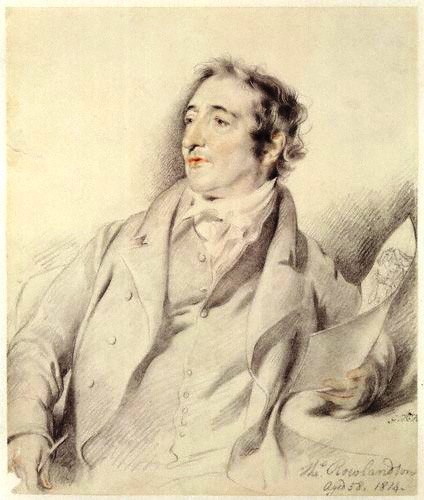
With a far better claim, in my humble view, than any of them is Thomas Rowlandson (1757 - 1827), who produced, as far as I can see anyway, the first sequence of drawings that come anywhere near what we would see in newspaper strips hundreds of years later. His first effort was entitled
Two New Slides for the Magic Lantern, drawn as supposed to be used in the fad of the day, the aforementioned Magic Lantern, an ancient ancestor of the film projector and even the motion picture camera, and satirising the government of the time.
Even better is
The Loves of the Fox and the Badger, which introduces anthropomorphic characters (the two politicians being satirised shown as a fox and a badger) at least a hundred years or more before cartoonists would even contemplate such a thing. Not only that (there is some anthropomorphism in the previous drawing too, though minimal) he also uses, possibly (I’d have to check) for the first time in any cartoon drawing, thought balloons as well as speech balloons. These of course would become wildly popular in comics and cartoons, as a way of differentiating between when a character was saying something and when he, she or it was thinking it instead. Trailblazing, indeed. I think he has to get my vote.
Meanwhile, you might be amused to hear that even in 1790 the Swedes were producing porn, albeit crudely drawn and for private sale only (which surely did nothing to hurt his profits) by Carl August Ehrensvärd (a count, no less) and Johan Tobias Sergel. Their “sequential drawings” depicted parties and sexual behaviour. Oh my!

A man who cannot be ignored in any discussion of comic art is John Gillray (1756 - 1815), known as one of the “Big Three” of eighteenth century cartoons, along with George Cruikshank and William Hogarth. Though most of his work does not fulfil my criteria - the bulk of it is one or two panels, often a “before and after” idea, which I don’t personally consider a comic per se - he did produce
John Bull’s Progress which, in addition to being one of the first I’ve seen in colour with more than two panels, is an early - perhaps the earliest, or certainly one of the earliest anyway - examples of what would become known as a “text comic”.
This seems to be an attempt to separate those comics or drawings or caricatures or cartoons which use speech balloons (or no words at all I suppose) from those which utilise text under each picture explaining what is going on, or which contain the dialogue in the text. You can see how this one seems to present both sides of war (sort of in a similar manner to twentieth-century movies such as
Born on the Fourth of July), as in the first two frames John Bull (the English soldier) is depicted marching off to glory, but in the third frame his family are suffering from poverty and about to lose their home, while in the fourth he returns minus a leg. The glory of war indeed. Cutting stuff.
There’s also
Democracy, or, A Sketch of the Life of Buonaparte, an eight-panel drawing mocking Napoleon, and, published as it was in 1800, making it one of the first, if not the first, comic cartoons of the nineteenth century. There were others too:
A Rake’s Progress at University (1806) parodies Hogarth’s series of paintings from the previous century;
Elements of Skating (1809) pokes fun at people trying to skate, while his largest works,
Hollandia Regenerta (1796) and
The Life of William Cobbett - Written by Himself (1809) I can’t find images for.
Gillray is acknowledged as one of the biggest influences on British art, influencing such giants as William Charles, Robert Crumb, Ronald Searle and Gerald Scarfe, and to be fair, we really owe it to the guy to look a little more into his life, because he was, from what I read, a very interesting and engaging character who came to a very sad end. He seems to have been the original enfant terrible, a man who did not give a f
uck who he offended, whether that was Napoleon or his own king. In fact, he went out of his way to offend the British royal family, caricaturing the then-recent wedding of the Duke of York to the Princess Frederica Charlotte of Prussia, and when King George III professed not to understand the drawing (though the Duke was fuming about it) he then pushed further by caricaturing His Majesty himself, ridiculing both his weak eyesight and his grasp of history.
Gillray had a tough, tough upbringing. His father was an “outdoor pensioner”, whatever that is, and sent him and his brother to a very strict boarding school. So strict, in fact, that his brother died under the administration of corporal punishment (I guess read, beaten or caned to death) at the tender age of eight. No legal or criminal action seems to have been taken against the school, so go figure. But naturally this made James cynical and eager to expose the hypocrisy and injustice of the world, which he did through caricature and cartoons. He pioneered a whole new way of drawing cartoons. Where before, artists had done their best to emulate actual people who could both be recognised and looked as real as possible, Gillray began exaggerating aspects of people - large, grotesque faces with warty noses, bulging eyes, tongues lolling out, puffed cheeks and twisted, contorted bodies, most aspects of which were metaphors for something. Corpulent men would represent greed or indolence, the “fat cats” growing fatter while the poor starved, while tax collectors would be shown as red-faced with bags of money stuffed in their pockets.
He used crude toilet humour - literally. In one of his plates, titled
National Conveniences (1796), four different people, four different nationalities, are shown using the toilet in very different ways. He also used, if not pioneered, speech balloons within which were comedic dialogue, satire and mocking wit, and there was plenty of room for good old racism and xenophobia in his cartoons, his first ever being called
Paddy on Horseback (1779). I can’t find it, but I somehow doubt it was complimentary to the Irish! Because he mocked the rich and championed the plight of the poor, Gillray was popular with and beloved by the working class, and they understood his cartoons in a way that class had not been able to, or wanted to, comprehend those of previous political satirists. He drew and wrote about the issues they cared about, and they identified with him, and saw him as a kind of champion. His cartoons were so popular that they sold outside of England, even more so after his death.
He even managed to piss off the Church - and survived the experience - while also lampooning the political party of the day. A two-for! Even a cartoon in which he wished for the overthrow of the monarchy could not end his career, such was his popularity, although the Prince of Wales wanted the cartoon banned and destroyed. But Gillray, while an indefatigable enemy, was also a useful ally when it came to attacking the country’s enemies, at least with the pen if not the sword. He gleefully went to work taking the rise out of Napoleon, mercilessly mocking his size by drawing him as a dwarf or midget with a huge hat, and in one sketch,
The King of Brobdingnag and Gulliver (1803), he uses Jonathan Swift’s dialogue while a miniature Napoleon is held in the palm of King George, who looks at him with interest through a telescope. This mocking of the emperor of France helped demystify him and knock holes in his legend; it’s hard to be that afraid of someone when they’re being made fun of.
Mind you, the English didn’t escape his satire even during the Napoleonic Wars, as in another of his cartoons,
The Plumb-Pudding in Danger (sic) (1805) Prime Minister William Pitt the Younger is sitting at table with the tiny Napoleon as the two of them carve up the world between them. These cartoons had their effect. Cooling his heels in his first exile on Elba in 1815, Napoleon said “Gillray’s depictions of me did more damage than a dozen generals.” High praise for the man and his skill, and for the reach of his fame both as a cartoonist and a satirist. Gillray is even credited with the popular nickname for Napoleon, derived from his surname, of “Boney”, in 1803. He is also responsible for the graphical representation of a character first mentioned in a pamphlet and story of 1712, and alluded to by his contemporary Hogarth, John Bull. Gillray was the first to actually bring this character to life, first as an actual bull, then later as a man, the visual representation of England, later to be linked of course with one of the most famous ever Britons, Winston Churchill.
Attended by bouts of alcoholism, Gillray’s health began to deteriorate in 1805, and by 1810 he had finished his last ever work,
Progress of the Toilet which, though it sounds like his old satirical caricatures, bears none of his wicked humour or twisted warped figures, and is basically a three-plate rendering of a woman dressing in the morning. Shortly after this final work he tried to take his own life, his eyesight failing, then slipped into madness, believing himself to be the painter Ruebens. On June 1 1815 he died, the man he had all but helped to defeat fighting his final battle at Waterloo eighteen days later as Napoleon was decisively routed by the Duke of Wellington.




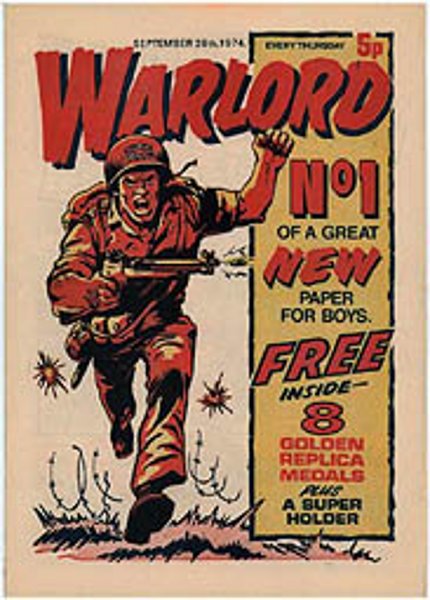















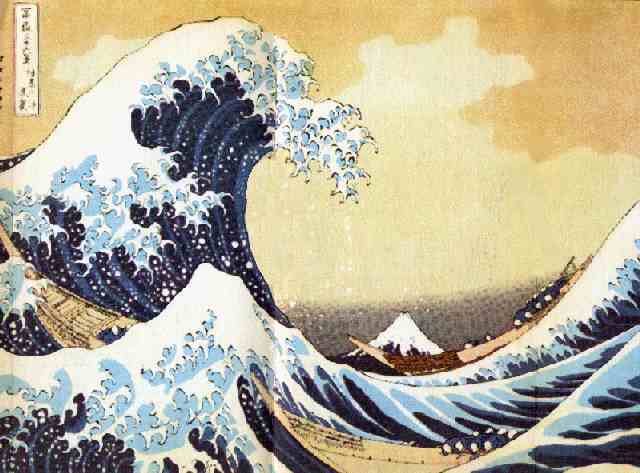





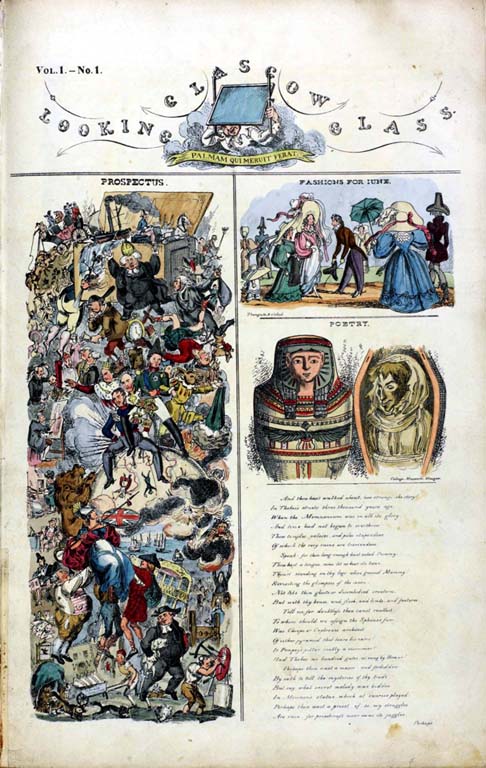








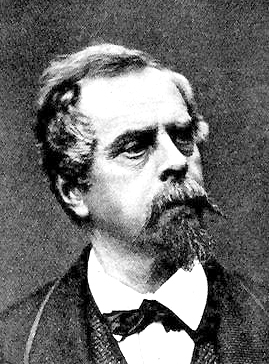

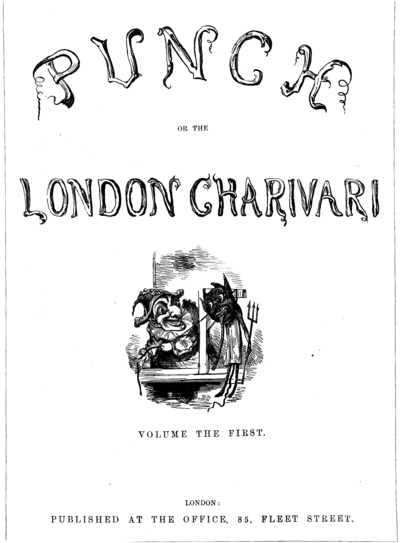
 Linear Mode
Linear Mode
